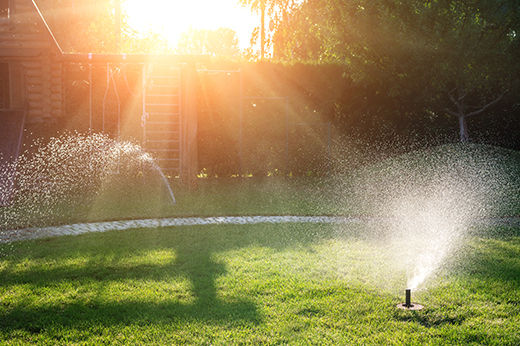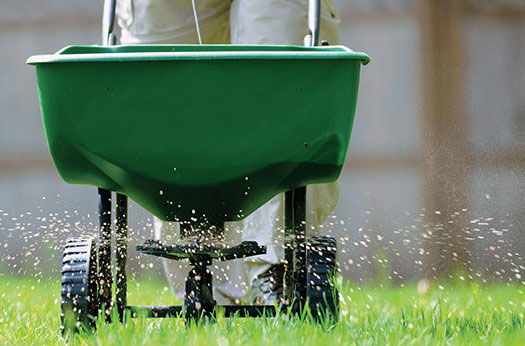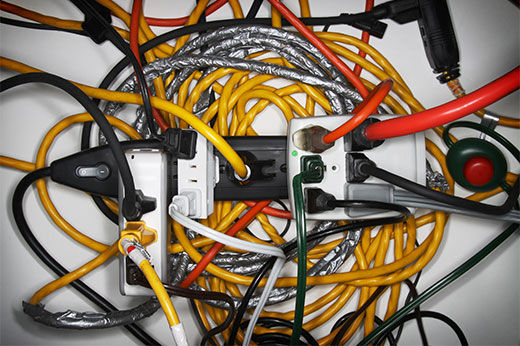Snow Removal Safety
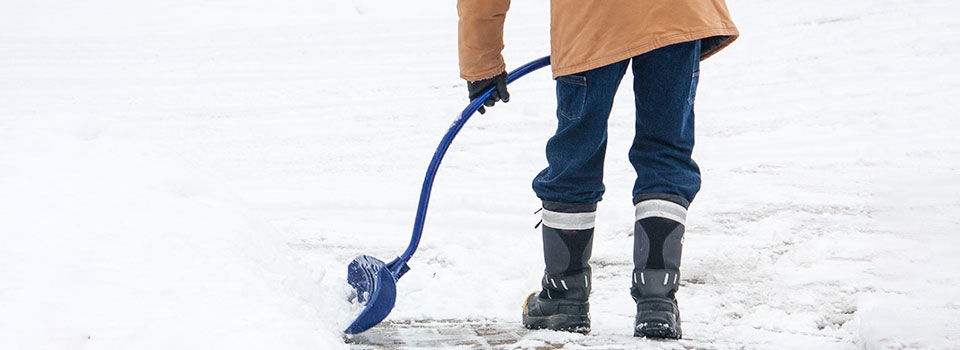
It’s that time of year again. Snow begins to fall and while it looks pretty, it can also be hazardous. Keeping a clear drive and walkway will protect you and your family from unnecessary falls, all while making your morning commute easier. With that being said, we all know shoveling snow can be exhausting, and it can put strain on your back and shoulders. Here are a few tips to move snow more efficiently and help keep you safe this winter.
Shovel More Often

By shoveling more often, you’ll keep yourself from being forced to shovel layers and layers of deep, heavy snow. Did you know, one shovelful could weigh anywhere from seven pounds to 45 pounds?!? It’s definitely best to get started early and continue to shovel as the snow comes down. We recommend shoveling every six inches. You'll have a lot less snow to move, which will save time and result in far less back strain.
What type of snow shovel do I need?

The type of snow shovel you use can make a big difference in how fast you get the job done and how tired you are once you’re finished. Ideally, you’ll want a shovel that will push snow, as well as a shovel for heavier drifts. Here are few snow shovel options and what they're best used for:
- Shovels with s-shaped handles will reduce back strain
- Steel shovels are best for large areas
- Aluminum shovels are best for smaller areas
- Flat shovels are best for cutting through drifts
- Rounded scoops are best for pushing snow
- Metal blades are best for ice and heavy snow, but weigh more
- Plastic blades are lightweight and don’t add to your strain
- Combination blades are lightweight plastic with a metal strip on the blade for durability
Proper Snow Shoveling Techniques

1. If snow is deeper than one foot, use the blade of your shovel to break it down first.
2. Bend low at the knees when scooping so you aren’t straining your back.
3. Scoop and lift upward while keeping your legs under you. If you lean out too far, you’ll put strain on your back.
4. Turn sideways, and make sure your feet are pointed in the direction you are throwing before tossing the snow.
Try Out a Snow Blower

Is there a right or wrong way to use a snow blower? Yes! When it comes to snow blowers, speed definitely matters. If you go too slow, you won’t throw the snow far enough away from your path. If you go too fast, snow just spills out the side of your blower. You’ll have to experiment with your snow blower based on your property’s layout. Most importantly, make sure you don’t throw snow on pavement you’ve already cleared. Not only will this make double the work for you, but snow from a snow blower packs down harder and will make it even more difficult to remove.
It’s best to start on the side of the drive closest to the house. That way you can throw snow away from the house, and you’ll keep snow off of pavement you’ve already cleared. If you have a drive that has grassy areas on both sides, start in the middle and blow snow to one side or the other. Make a U-turn and come back on the other side. This will keep snow off of newly cleared pavement and it will keep you from adjusting the chute on your snow blower. That saves time and energy!
Use Snow & Ice Melt
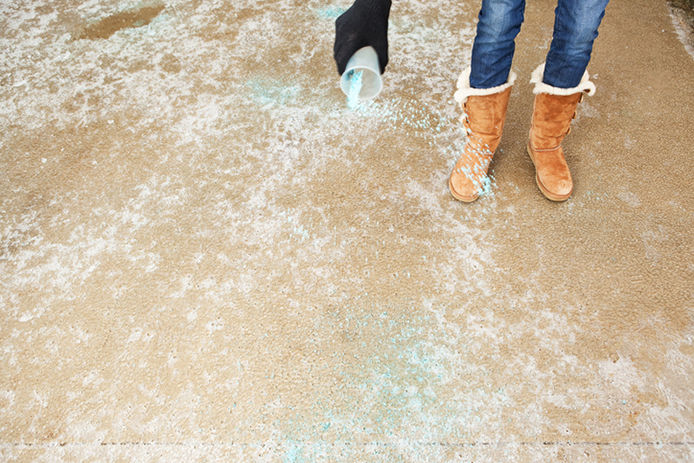
After you’ve cleared your drive or walkway of unwanted snow, sprinkle a magnesium chloride-based ice melt. This will help preserve your sidewalk or pavement, as well as surrounding plants. Using ice melt will help ensure a solid base before any new snowfall. The last thing you want is a slippery sidewalk before even more snow and ice. It's much easier to keep up with snowfall and ice as it comes, rather than trying to get through layers and layers.
Take Breaks Often

Take breaks to simply stand up and stretch your back. You’ll have less pain later, and you’ll give your shoulders some much needed relief from the tension of pushing and lifting heavy snow. Always take your time, and be sure you aren’t overexerting yourself. Shoveling snow is just like any other exercise, so it’s important to take breaks often and stay hydrated. Drinking water before, during, and after snow shoveling is a must.
Clear your driveway more efficiently and with fewer aches and pains this year! Be sure to get quality supplies specific to your driveway type and layout, don’t overexert yourself, take breaks often, and always stay hydrated.
